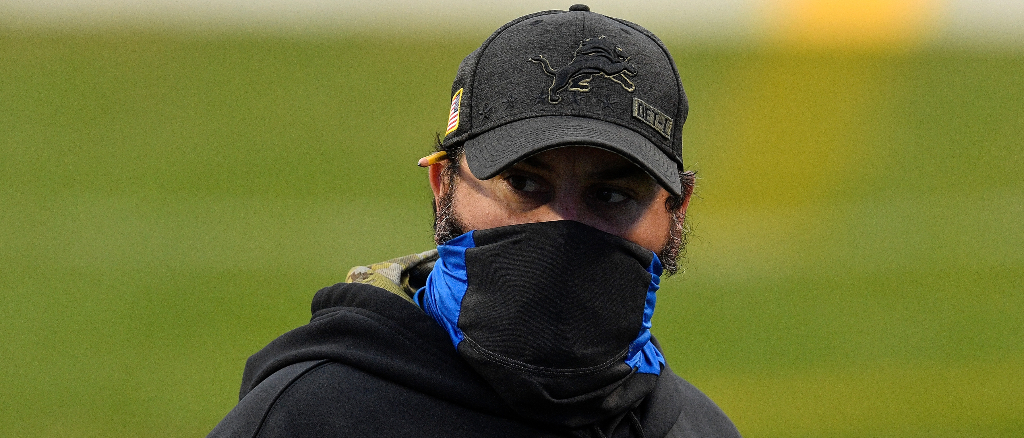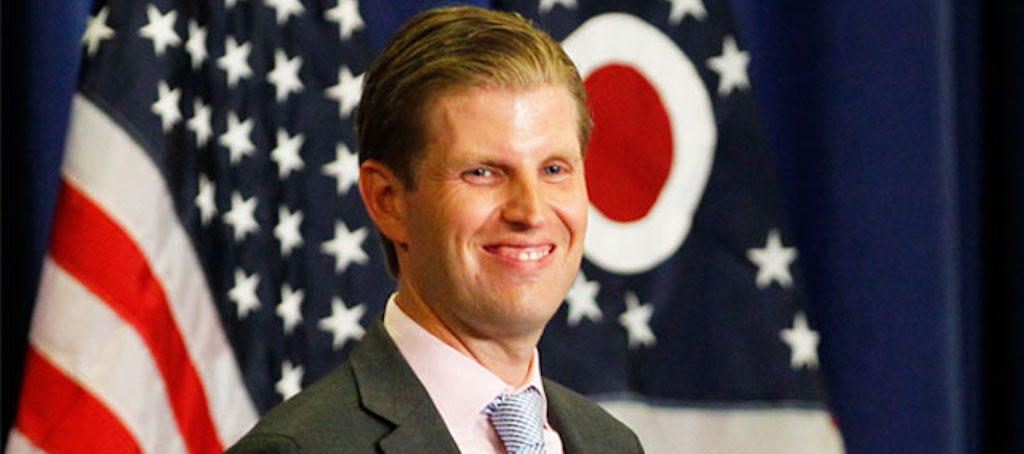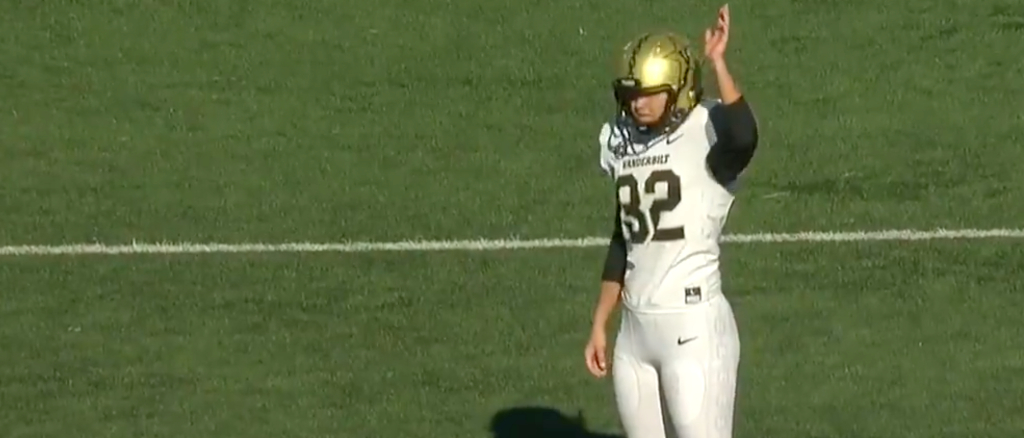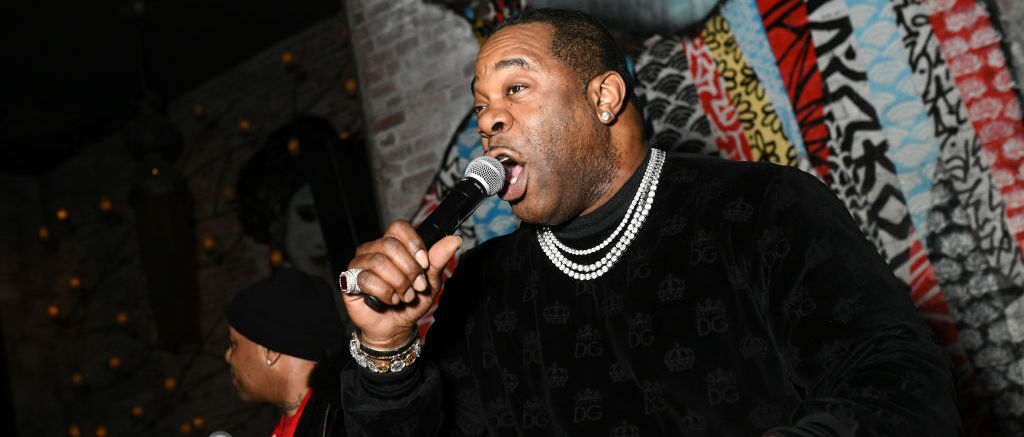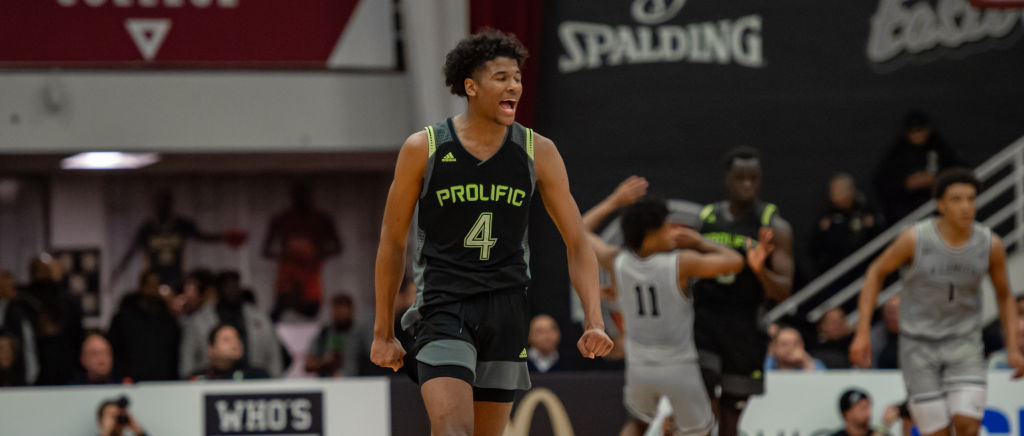A lot has already been made of the 2020 freshman class (aka the 2021 NBA Draft Lottery), and for good reason. Cade Cunningham, B.J. Boston, Jalen Suggs, Evan Mobley, and their friends are all great prospects. However, as I’m sure we all understand by now, not all of the best players play in the NCAA anymore. This year in particular is a fairly strong class of international and G League prospects. If you want to keep tabs on a handful of them, here are the guys who are most worth your time.
Jalen Green, G, G League Ignite
One of the elite high school scorers of the last half decade, Green was the best player in this class three years ago, but his development physically and as a decision maker hasn’t been as good as you would hope from a top-3 player. Still, he could have gone to any school he wanted, and instead decided to take up the G League’s offer and get himself into something close to an NBA weight room a year early. The concern with him is that he’s not a good enough passer and playmaker to be a full-time point guard, and not nearly big or physical enough to play anywhere else, but the talent is incendiary and he should be the premier player on this first iteration of the G League Ignite. On that note…
Jonathan Kuminga, F, G League Ignite
The second star of the Ignite, Kuminga is a power athlete combo forward type who reclassified early after graduating high school as a junior. He’s 6’8 and is a huge athlete in space with a not entirely broken jumper. The question for him is refining his overall shot selection and decision making. He’s still fairly new to the game, but his athleticism and size are surely going to draw interest from NBA teams.
Usman Garuba, PF, Real Madrid
The youngest player in Real Madrid’s storied history (that’s right, younger than Luka Doncic), Garuba has struggled as a scorer but has still contributed at a high level as a defender, rebounder, and big man passer on the best team outside of the United States. Garuba has a terrific frame and length, and is one of the better teenage paint defenders I’ve seen in the last decade+. He has a ready-made NBA role whenever he comes over, but if he wants to end up going in the top-10, like a lot of people have been predicting for a few years, he has to start scoring more effectively.
Ibou Badji, C, FC Barcelona
All you need to do is look at James Wiseman going second overall to know that physical tools are still the main thing NBA teams look at for big man prospects. You likely won’t see many bigs with better tools than Badji, a Senegalese seven footer who doesn’t turn 19 until next October. He’s got an alleged 7’8 wingspan and flashes some pretty incredible movement skills. Like fellow wingspan freak Mo Bamba before him, Badji is a shot blocker and lob threat, but there are some questions about his physicality and fit as more than a drop big in the NBA. He’s only getting 16 or so minutes per game for Barca’s B team, but it’s hard to imagine some NBA team not jumping at the chance to draft Badji if he ends up staying in the 2021 Draft.
Roko Prkačin, F, Cibona
A highly versatile combo forward from Croatia who turned 18 this week, Roko has great size and length for a true NBA forward prospect, and has just enough shooting and playmaking to complement his high-level defense and lateral movement skills. He’s far from a finished product, but he is contributing to a high-level ABA team already, which is not something you see all that often. He should be taken in the top-20 in 2021.
Ariel Hukporti, C, Riesen
Another toolsy, big-bodied teenager who already looks like the best pick-and-roll big in this class. Playing a bench role in the Bundesliga last year, Hukporti turned a lot of heads at the Basketball Without Borders camp earlier this year, and will likely hear his name called in the NBA Draft at some point sooner or later. As with every seven footer, there are questions about his mobility and scheme fit in the NBA, particularly as a non-shooter, but the athletic profile and tools are there to be molded by somebody.
Mojave King, SG, Cairns Taipans
A smooth athlete and fluid shooter, King is the premiere star of the NBL’s Next Stars program for the 2020-21 season, taking a role with a much better team than LaMelo Ball’s Hawks last season. He’s about 6’5 and has a great frame to grow into for an off-ball scoring guard. There is sometimes a confusion of smoothness with great athleticism (see: Reddish, Cam), so I’m going to be watching whatever tape there is of King closely to see how well he can explode off the dribble. A good season in the NBL could easily see the New Zealander taken in the Lottery as NBA teams continue the shooting arms race.
Daishen Nix, PG, G League Ignite
The most polished player on the G League squad this year, Nix decommitted from UCLA to run the offense in front of Green and Kuminga. The lobs that those two throw down on all the highlight mixes this year will most likely come from Nix, but he’s a legit first round prospect in his own right, a big point guard with a smooth looking shot and a great ability to change speeds around picks. There are defensive concerns with him, as there are every below the rim guard, but like Killian Hayes before him, there’s a certain threshold of goodness being that large can afford you, and I think Nix will play himself into a mid-late first round slot pretty easily.
Rokas Jokubaitis, PG, Žalgiris
One of the bevy of 2020 international players who withdrew from this November’s Draft, Jokubaitis has seen his stock rise as much as anyone else in Europe since play resumed this fall. Stepping into a full-time role for one of the stalwarts of the LKL, Jokubaitis has been getting a consistent 15-20 minutes per game, and has produced well, averaging around 13 points and six assists per 36 this season. Jokubaitis is a big-bodied guard in his own right, standing around 6’4. He’s a very good pick-and-roll guard, using his size to seal defenders and find the open man. Athletic and shooting limitations may hold him to being a third guard type, but he seems a pretty safe bet to make an NBA roster at some point in the relatively near future.
Josh Giddey, PG, Adelaide 36ers
The other significant NBL rookie, Giddey is a true PG at 6’8, which even today is fairly rare. He’s got a lot of room to develop physically, but the passing and ball-handling skill is real, which alone is usually enough to at least get you on the NBA’s radar. Even more than King, Giddey needs to really produce at a fairly high level this year to get his name called next June (July? August? Who knows!), but the talent is obvious.
Honorable Mentions
Malcolm Cazalon, G/F, Mega Soccerbet
Matthew Strazel, PG, ASVEL
Carlos Alocén, PG, Real Madrid
Nikita Mikhailovskii, SF, Avtodor Saratov
Khalifa Diop, C., Herbalife Gran Canaria
Juhann Begarin, G, Paris Basketball
Arturs Kurucs, G, Kirolbet Basket
Augustas Marčiulionis, PG, Rytas Vilnius
Isaiah Todd, PF, G League Ignite
Kai Sotto, C, G League Ignite
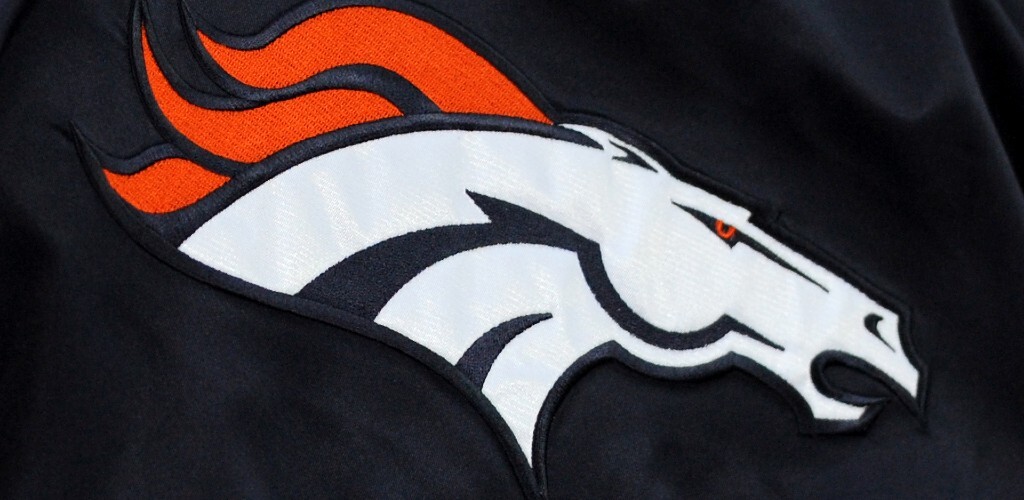

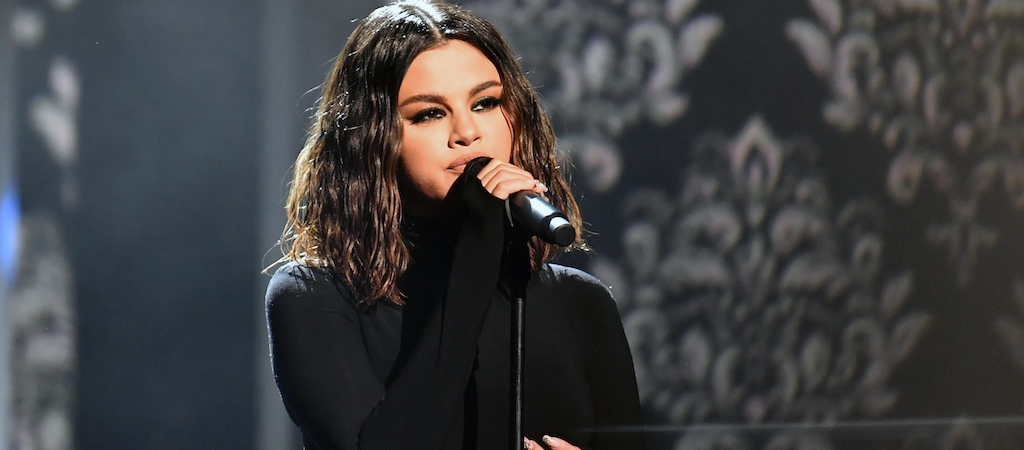
 (@ElleRoseex)
(@ElleRoseex) 
 (@BLINKPINKOT4)
(@BLINKPINKOT4)  Brian⎊Lindsey
Brian⎊Lindsey


 (@natrh__)
(@natrh__)  𝐹𝑜𝑙𝑘𝑙𝑜𝑟𝑒 (@kikiswift131)
𝐹𝑜𝑙𝑘𝑙𝑜𝑟𝑒 (@kikiswift131)  (fan account) (@skinnysel)
(fan account) (@skinnysel) 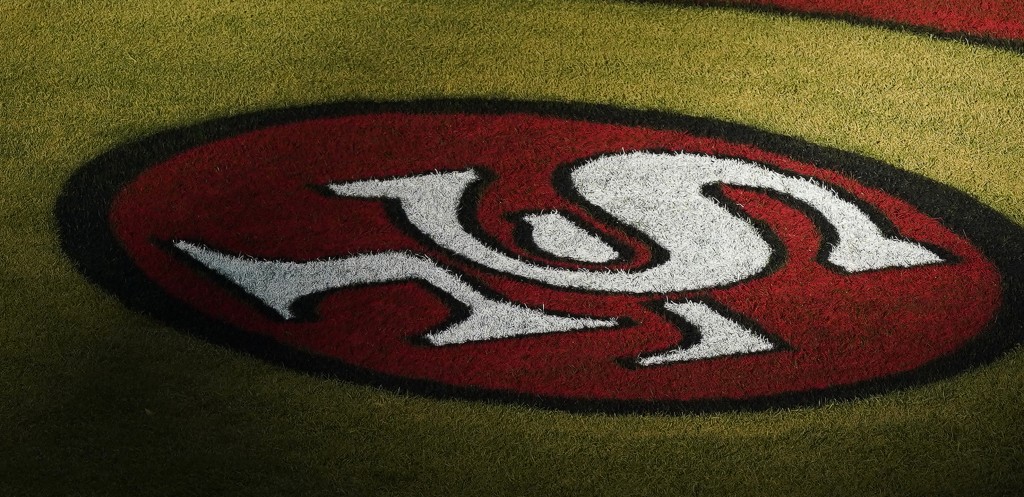
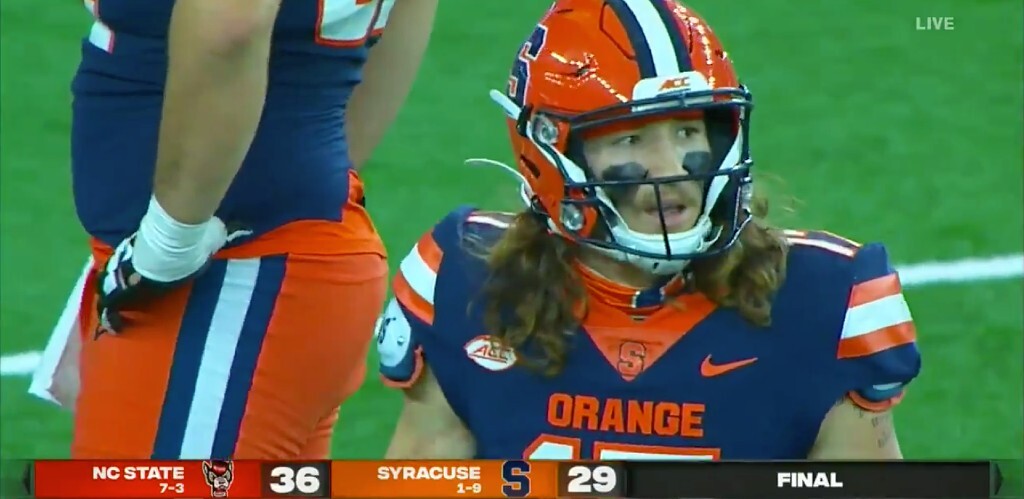
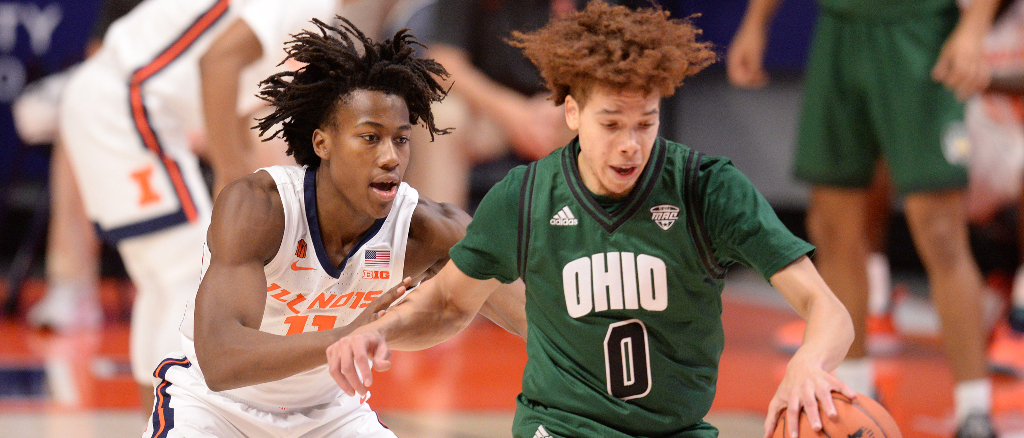

 by
by  will get you all you ever need!
will get you all you ever need! 